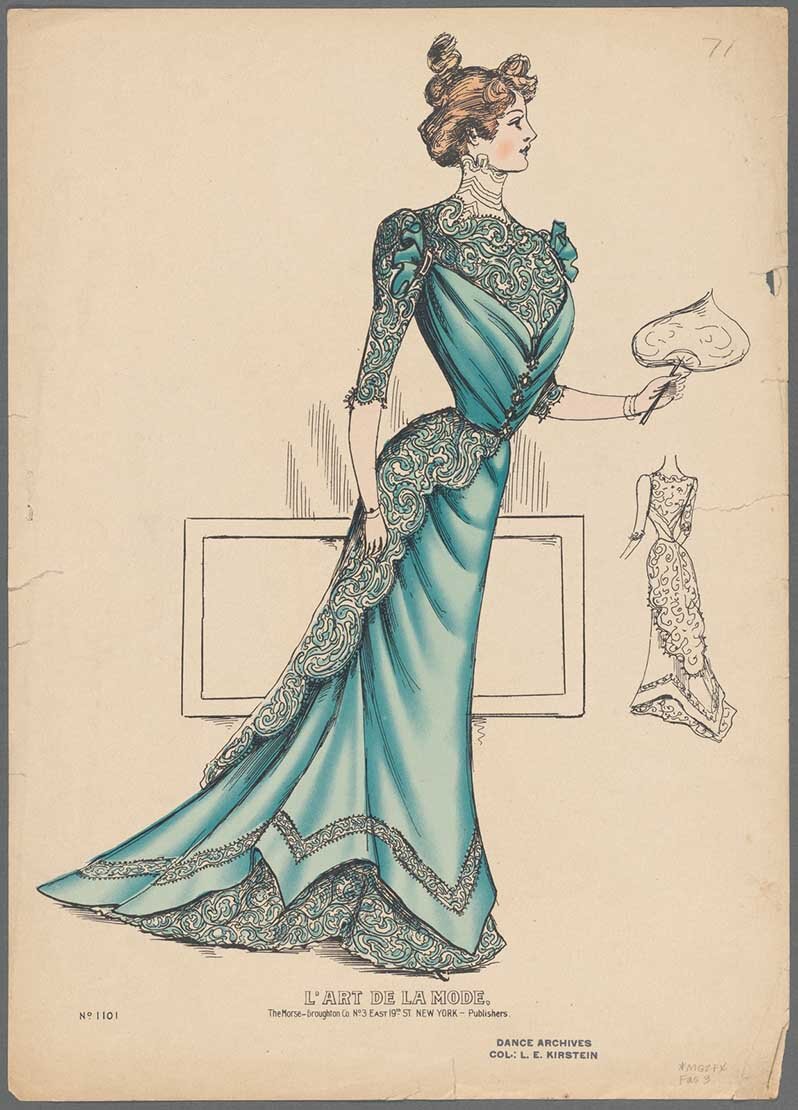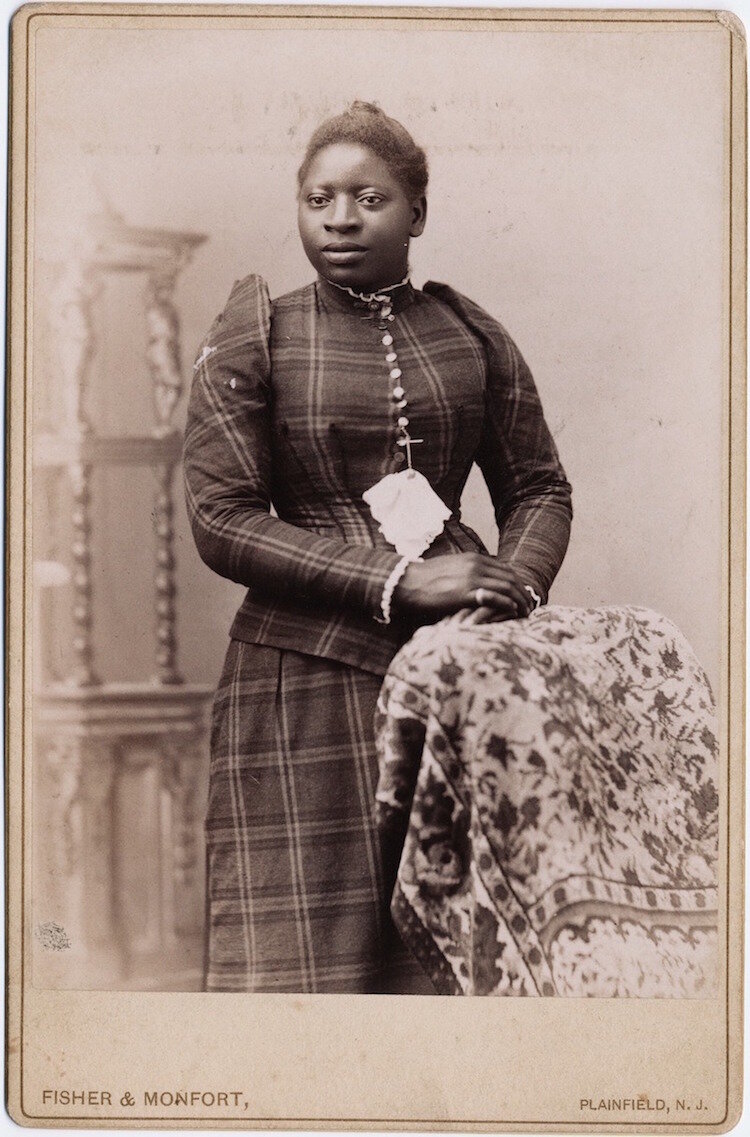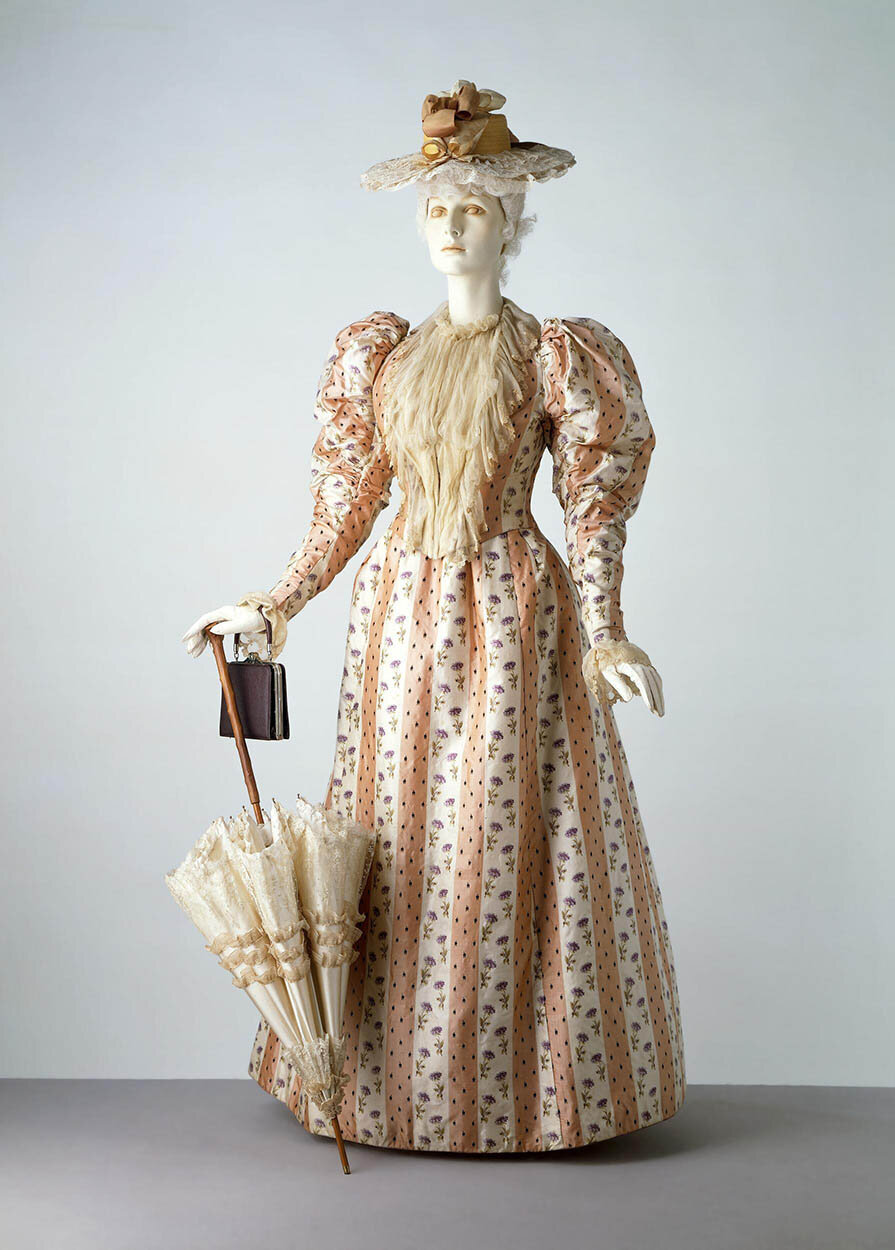Affordable White Dresses
Summer is here so are the white dresses! Don’t you love it? Lighter fabrics, fresh shapes, cotton, linen, ahhh so nice, more maintenance though and the need to get creative to avoid the see-through situation, which is my main struggle with white clothes, I love them but I still don’t understand why brands don’t invent a way to protect us from showing our undies. Back in the day, I remember my grandma and mother wearing “mediofondos” to deal with that problem, I don’t know what is the name in English but is this silk skirt looking pieces women used to wear underneath their dresses and skirt, I haven’t seen one of those in ages. But they could be very useful for those beautiful white dresses I like so much and don’t wear as often because of this.
The one I am wearing in the picture is a loose dress but I decided to belt it for a more sunset dinner by the beach vibe.
Affrodable White Dresses
1890-1899
WOMENSWEAR
The 1890s were a period of change. As the century drew to a close, the world began to move away from the stiff, moralistic, Victorian Era (Laver 211). Urban centers were growing, and new technologies, such as the introduction of electricity into clothing manufacturing, produced a boom in the ready-to-wear market. Women were enjoying new levels of independence; during the decade the number of women employed outside the home almost doubled (Tortora 380-382). The “New Woman” of the era was an intellectual young female who worked, cycled, and played sports (Fig. 1). Dress historian James Laver wrote:
“The old, rigid society-mould [sic] was visibly breaking up… For the young, there was a new breath of freedom in the air, symbolized both by their sports costumes and by the extravagance of their ordinary dress. It was perfectly plain that the Victorian Age was drawing to its close.” (211)
In the first years of the decade, the silhouette was a continuation of the late 1880s style, with the notable development of a small vertical puff at the shoulder (Fig. 2) (Severa 458; 476-481). By 1892, the dramatic, protruding bustle had completely disappeared, and the silhouette most associated with the 1890s took hold (Fig. 3). Skirts were bell-shaped, gored to fit smoothly over the hips, while bodices were marked by the large leg-o-mutton or gigot sleeves. The early puff grew greatly in size, reaching an apex in 1895. The width at the top and bottom of the silhouette was balanced by a nipped waist, to create an hourglass effect (Tortora 397; Shrimpton 26-27). Around 1897, the silhouette began to slowly shift with the introduction of the straight-front corset. Supposedly designed as a healthier alternative, these new corsets forced a woman’s chest forward and hips backward into a curvilinear “S” shape (Fig. 4), that became the dominant silhouette by 1900 (Laver 213).
As the nineteenth century wore on, the complex set of rules governing dress became ever more intricate, resulting in a dizzying array of recommended ensembles by the 1890s (Ginsburg 176; Font 26). The general delineations of the morning, afternoon, and evening wear held throughout the decade. Morning wear featured high necklines and long sleeves, while afternoon clothing opened at the neck and featured shortened sleeves, and finally, evening wear bared the chest and arms. The simplified silhouette was present throughout the day (Tortora 397-400; Font 26-28).
Menswear began to have a significant influence on women’s clothing (Fukai 127). Indeed, perhaps 1890s womenswear is most marked by the shirtwaist ensemble, as captured in John Singer Sargent’s portrait of Mr. and Mrs. I.N. Phelps Stokes (Fig. 5). It consisted of a simple skirt, and a shirtwaist, or blouse, that was tailored similar to a man’s shirt but could feature tucks, frills, and lace trimmings (Laver 208). As seen on Mrs. Stokes in the Sargent portrait, the look was often completed with a jacket and straw boater hat. The shirtwaist was worn as standard day wear (Fig. 1), for sporting activities, and most often by the new female workforce, as seen in the photograph of young librarians wearing a variety of shirtwaist styles (Fig. 6). Shirtwaists could also be worn as part of a suit, often referred to as tailor-mades (Tortora 399; Fukai 127). Ranging from simple menswear-inspired looks to more elaborately trimmed, colorful versions, as seen in the fashion plate from the Delineator (Fig. 7), tailor-mades were common choices for morning wear (Shrimpton 27).





